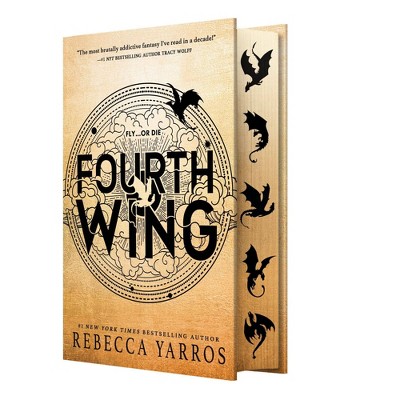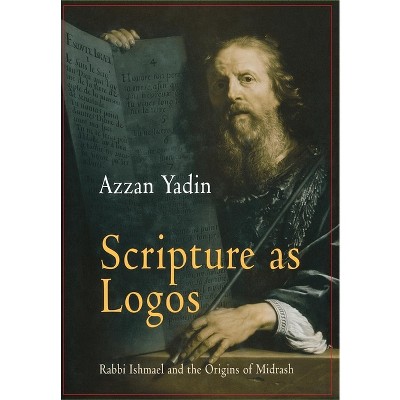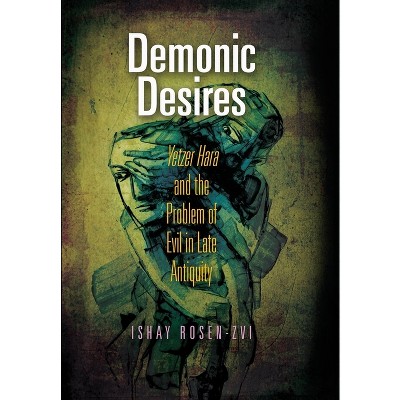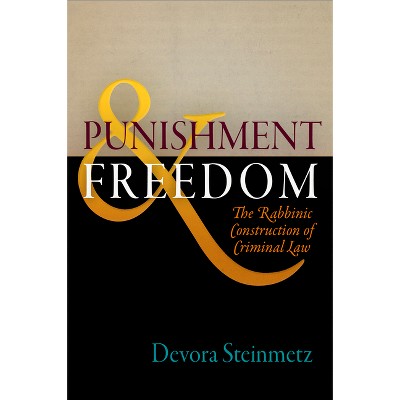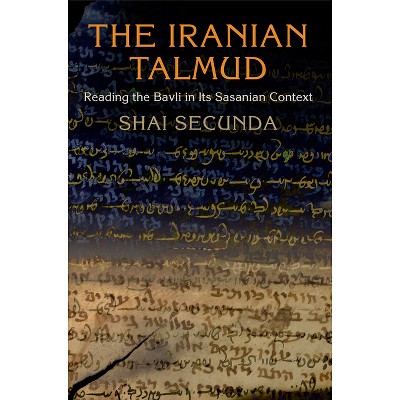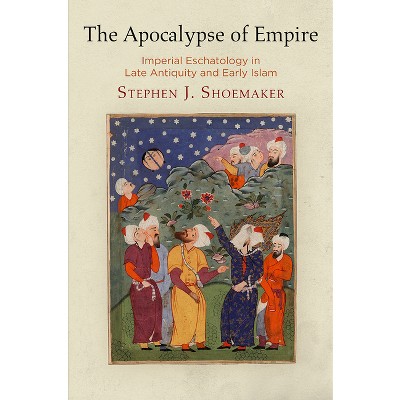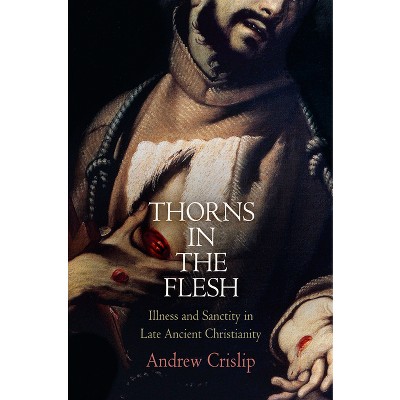Sefer Yeṣirah and Its Contexts - (Divinations: Rereading Late Ancient Religion) by Tzahi Weiss (Hardcover)

About this item
Highlights
- Sefer Yeṣirah, or "Book of Formation," is one of the most influential Jewish compositions of late antiquity.
- About the Author: Tzahi Weiss is Associate Professor of Jewish Thought and Hebrew Literature at the Open University of Israel.
- 208 Pages
- Religion + Beliefs, Judaism
- Series Name: Divinations: Rereading Late Ancient Religion
Description
About the Book
In "Sefer Yeṣirah" and Its Contexts, Tzahi Weiss explores anew the contested history of Sefer Yeṣirah, in the process extending our knowledge of Jewish intellectual traditions excluded from rabbinic canon.Book Synopsis
Sefer Yeṣirah, or "Book of Formation," is one of the most influential Jewish compositions of late antiquity. First attested to in the tenth century C.E. and attributed by some to the patriarch Abraham himself, Sefer Yeṣirah claims that the world was created by the powers of the decimal number system and the twenty-two letters of the Hebrew alphabet. This short, enigmatic treatise was considered canonical by Jewish philosophers and Kabbalists and has fascinated Western thinkers and writers as diverse as Leibnitz and Borges. Nonetheless, Sefer Yesirah is nearly impossible to contextualize, mainly owing to its unique style and the fact that it does not refer to, nor is it referenced by, any other source in late antiquity. After a century and a half of modern scholarship, the most fundamental questions regarding its origins remain contested: Who wrote Sefer Yeṣirah? Where and when was it written? What was its "original" version? What is the meaning of this treatise?
In "Sefer Yeṣirah" and Its Contexts, Tzahi Weiss explores anew the history of this enigmatic work. Through careful scrutiny of the text's evolution, he traces its origins to the seventh century C.E., to Jews who lived far from rabbinic circles and were familiar with the teachings of Syriac Christianity. In addition, he examines the reception of Sefer Yeṣirah by anonymous commentators and laypeople who, as early as the twelfth century C.E., regarded Sefer Yeṣirah as a mystical, mythical, or magical treatise, thus significantly differing from the common rabbinic view in that period of the text as a philosophical and scientific work. Examined against the backdrop of this newly sketched historical context, Sefer Yeṣirah provides a unique and surprising aperture to little-known Jewish intellectual traditions of late antiquity and the early Middle Ages which, despite their distance from the rabbinic canon, played a vital role in the development of medieval Jewish learning and culture.
Review Quotes
"Tzahi Weiss offers an innovative and daring thesis regarding a central text in the canon of Jewish mysticism and magic. 'Sefer Yeṣirah' and Its Contexts will stimulate important discussions not only about the history of Sefer Yeṣirah in Jewish intellectual history but also about the relationship of Jewish and Christian sources and the boundaries separating and uniting these two traditions."-- "Elliot Wolfson, University of California, Santa Barbara"
About the Author
Tzahi Weiss is Associate Professor of Jewish Thought and Hebrew Literature at the Open University of Israel.Shipping details
Return details
Trending Poetry





